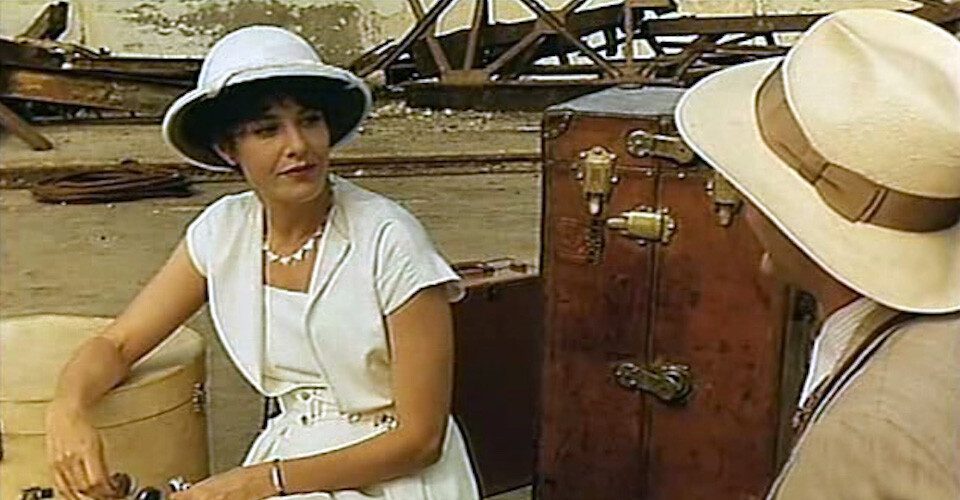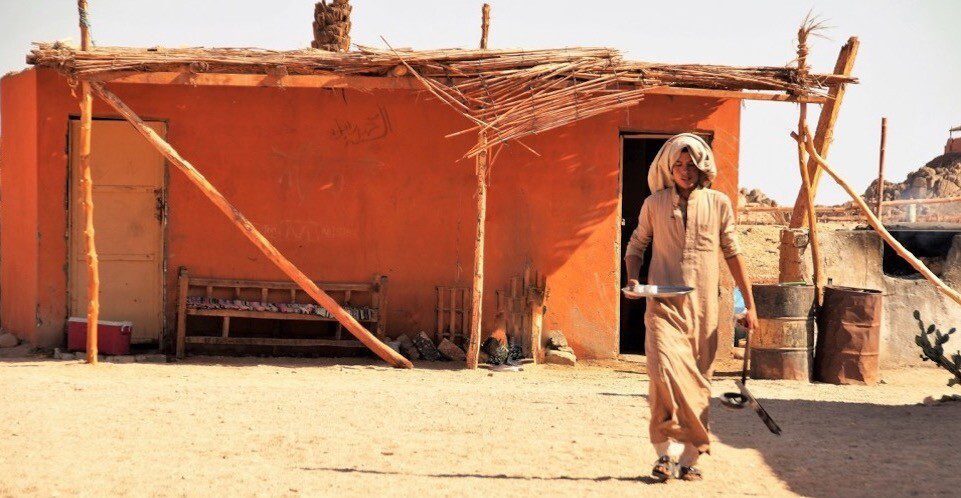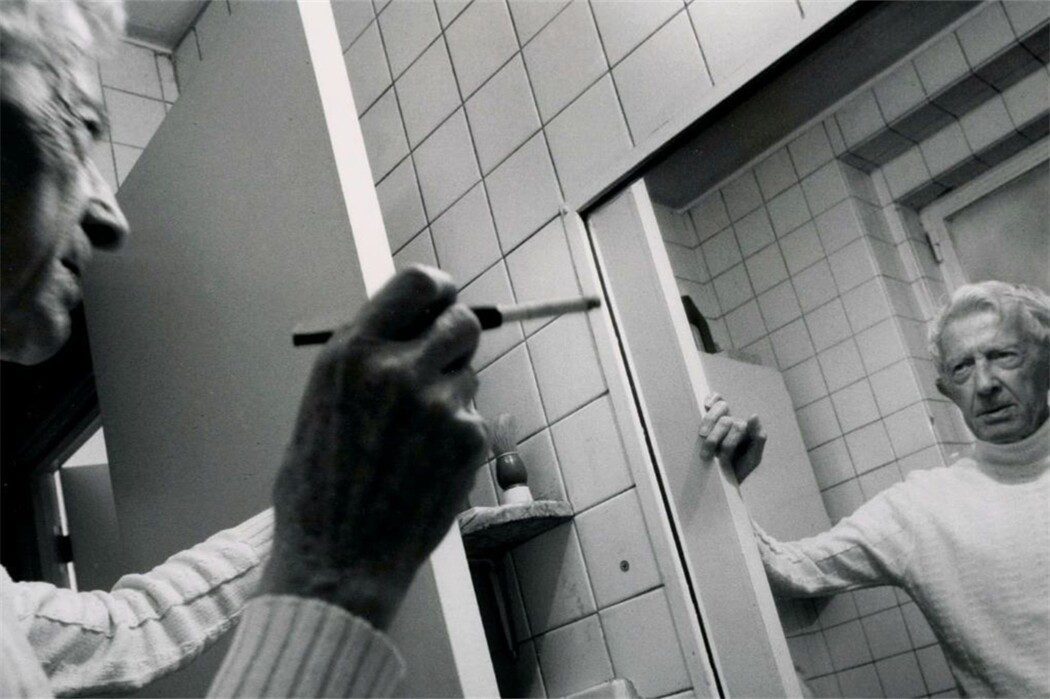Paul Bowles – The American writer who brings us Morocco
Have you encountered the work of Paul Bowles? This American writer, composer, and inveterate traveler is the perfect guide to the soul of Morocco. Let his words transport you to its sun-drenched lands while you await your next journey.
The relationship between Paul Bowles and Morocco represents a profound mutual fulfillment in 20th-century literary history. In 1947, acting on a suggestion from writer Gertrude Stein, Bowles first visited Tangier—an experience that struck him with the force of a revelation, an “illumination” as he described it. For the next half century, he made Tangier his permanent home, transforming it from a geographical destination into the central core of his creative work and spiritual muse.
Who was Paul Bowles
Paul Bowles was born in Queens, New York, and studied at the University of Virginia, as well as studied music in Europe. Before being a professional writer, Bowles was a sought-after composer on Broadway. Was thanks to the phonograph bought by his father who developed the taste for music from the age of eight, when he began to receive lessons. Among his most prominent works are compositions for theater and piano sonatas. He also worked as a music critic.
During his youth, in the 1920s and 1930s, he traveled to places like Paris, Morocco, Berlin, Guatemala, Mexico, India. But after World War II, Bowles abandoned everything and settled with his wife, Jane Bowles, also a writer, in Tangier. Although he lived 52 years in Morocco, he died in 1999, and was buried in Lakemont, New York. He became an adventurous soul traveler who charmed and even today charms with his incredible writings.

Bowles has many works completed. Among his best-known works is The Sheltering Sky, adapted to the cinema by Bernardo Bertolucci. He was a complex and eclectic artist, who wrote novels, short stories, poems and travel books, having translated Moroccan authors and transcriptions of traditional Moroccan short stories that were collected orally, and composed several pieces for orchestra, piano and voice.
Bowles was fascinated by the Arab world. Her crude, sensual, sober and attentive nature in describing Morocco or Algeria, retains a charm and power. Earlier, Bowles was known only for his nomadic life, his extravagances – he bought an island, settled in Morocco, was bisexual – and his deep knowledge of Arab culture. But now, he is considered by some to be one of the last truly free artists, for his constant search to free himself from customary moorings. In his independence, Bowles was always willing to chart his own way and defended his right to make choices.
Bowles’s relationship with Morocco
“It was then that I felt an irrational and powerful desire to be in Tangier,” reports Paul Bowles in the preface to “Let the Rain Fall”.
“Like a photograph, this story is a document relating to a certain place, at a certain moment in time, illuminated by its own light. “
As a frequent traveler, Paul Bowles used to talk about the cultures and characteristics that define each country. For the writer it was very important that each country preserved its culture, adhering to some modernity along the way, but without losing its unique elements, that is, what differentiated it. In his writings, are collected short stories that talk about the landscapes of North Africa and the tradition of its peoples.

He went to Algeria and Morocco several times, and the account of his experiences in the autobiography is as hilarious as surprising. He is still one of the authors associated with Tangier, who contributes more to give it the character of a literary city. Among his many trips, Tangier was marked. He visited the city with friends and then with the first woman. But it was with Jane Auer, from her second marriage that was earned in 1938, that she moved permanently to live in Tangier in 1947.
In his works, Paul Bowles does much the introspection that approaches the Moroccan culture. Many of his books are important reflections on the tradition of Morocco from the perspective of someone from outside but who lived there for much of his life.
A little about his works
Bowles used to be more interested in people and environments than in museums or monuments. He used, in his descriptions, his sharp observation power and the humor that characterized him, even in his own idiosyncrasies. There are frequent descriptions of personalities such as Gertrude Stein, the first person to encourage him to move to Morocco, and the countless eccentrics who visited him in his beloved Tangier.
His stories are scented with foreign words – which accentuate the exoticist of the worlds he uses as scenery. It uses protagonists who lose balance, control, reason, with conflicting feelings. Storms are caused by small gestures, which engulf us in the narrative and take us away.

First published in 1952, the novel Let the Rain Fall by Paul Bowles is a beautiful tribute to Tangier and Morocco where the author lived most of his life. In the work, the rain is obviously present, covered by the clouds that accumulate, having the waves of the Straits of Gibraltar like scene, next to the hut in the mountains.
The title, as Bowles declares, comes from Shakespeare’s Macbeth. He explains: “From the age of eight or nine I have been fascinated by the brief stretch of Macbeth in which Banquo leaves the castle with his son and mentions in passing to the men abroad that the rain is coming , the flash of a blade and the admirable four-word phrase, succinct and brutal: ‘Let the rain fall’ .

Also inspired by the travels, this time by the Sahara, his most famous work, The Sheltering Sky, as already mentioned, is about a couple traveling to North Africa to save the marriage. Either way, they succumb to the effects of the exotic landscape. Bertolucci’s 1990 film adaptation came with the title “A Tea in the Desert”.
One of the marks of Paul Bowles’ travels can be seen in the collection of short stories “Tea in the Mountains”. The book is a collection of short stories published throughout the writer’s career in books and literary magazines.
He also channeled these energies into music, though less people know it. They were subjective, highly literary texts, for Paul Bowles believed that when you can travel everywhere, the emphasis on travel books will shift from the place to the effect on the person who writes, thus becoming more subjective.
The Sheltering Sky, is not explicitly about Morocco, its essence—the alienation, disorientation, and quest for existential meaning of modern individuals within a foreign culture—was entirely shaped by this land. Bowles possessed a sharp sensitivity to the cultural tensions and spiritual dissonance of post-colonial Morocco. The Western characters who unravel in the labyrinth of his Moroccan narratives are, in fact, powerful metaphors for the identity crises and human alienation of the modern era. He did not merely depict an exotic tourist backdrop; instead, he constructed Morocco as a vast existential stage and a purgatory for the soul. Through his cool, surgically precise prose, Bowles elevated Morocco from a geographical name into a literary concept—an enduring symbol of freedom, escape, and spiritual predicament.
Contact us for more travel information!



